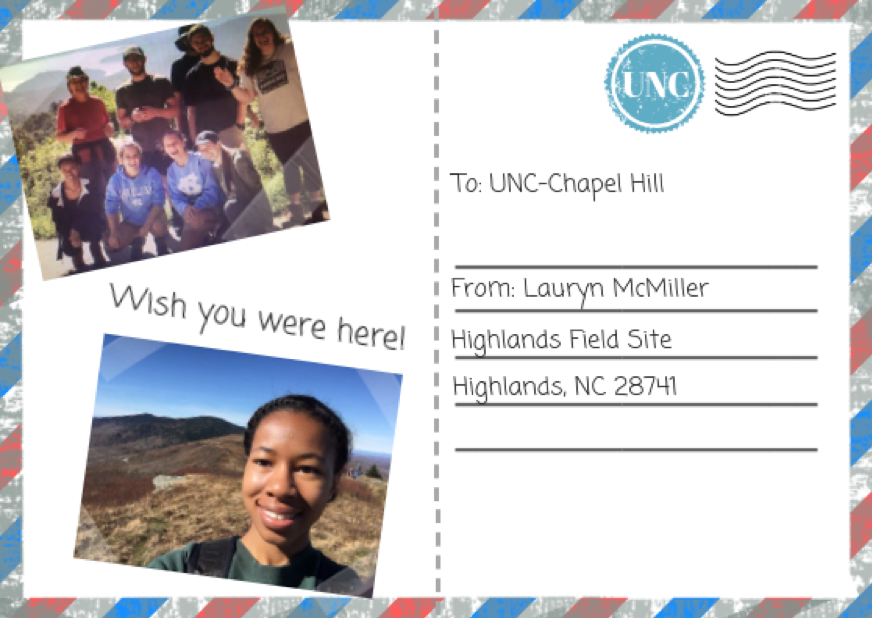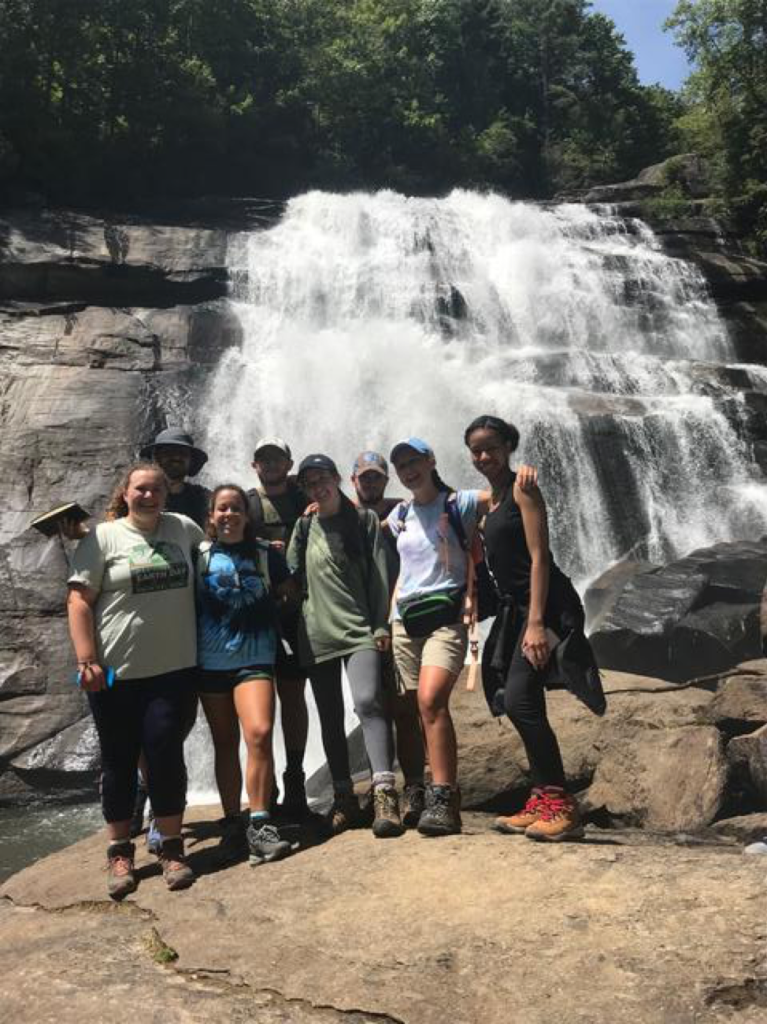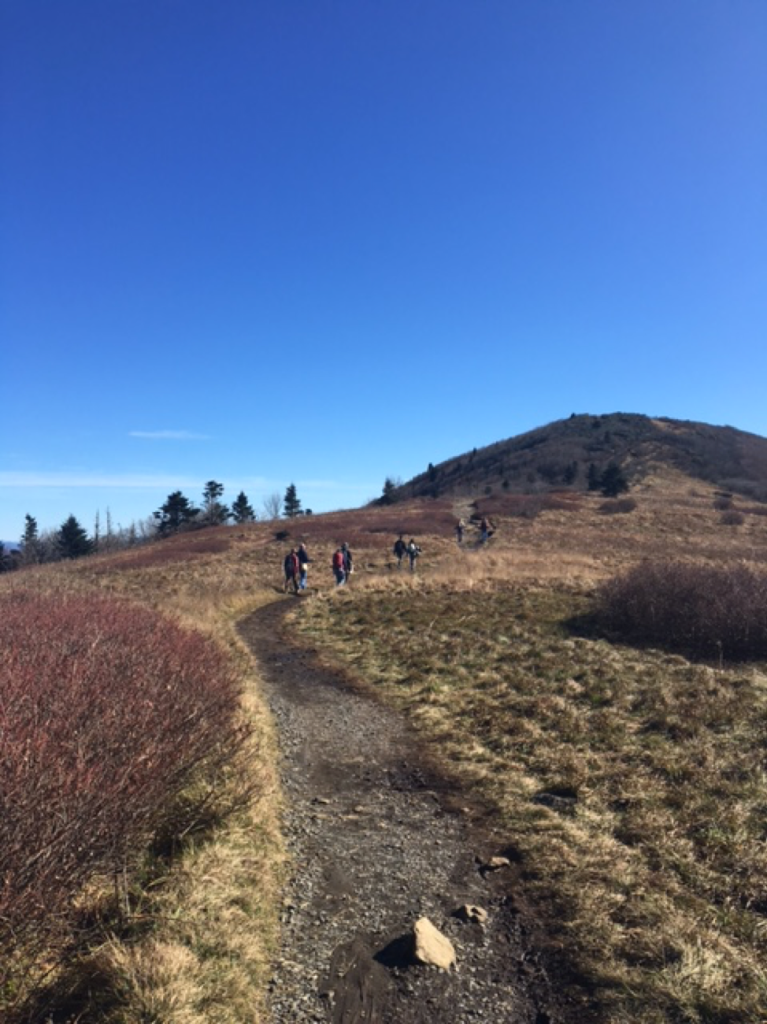Postcard from the Field: Lauryn McMiller ’19 – Highlands
January 6, 2019
Name: Lauryn McMiller ’19
Expected Graduation Date: May 2019
Which field site did you attend: Highlands Field Site
Why did you choose that site specifically?
I wanted hands-on experience with environmental research and field work. When I looked into the details for this site, I believed it would afford me that opportunity. Having always had a love for the mountains, I was thrilled that I would be able to spend the semester at this field site. There was a landscape analysis course offered along with a personalized internship, both of which I knew would strengthen my technical skills.
What were you up to while at the field site?
At the Highlands Field Site, we took a comprehensive approach to studying Southern Appalachian mountain diversity. In a landscape analysis course, we used ArcGIS to model watershed data. We had a cultural and land use course where we found out about the historical practices and traditions that shaped the region. We also had a capstone project where we looked at the effect of sedimentation on local stream health and aquatic life, namely salamanders. We also worked at internships based on our interests; mine consisted of working with town officials to address the issue of stormwater policy for the town of Highlands.
What was the most impactful experience you had at the field site?
During one of our first days in the program, we took canoes down about 7 miles of the Little Tennessee River and stopped off at Cowee Mound. We had just finished reading William Bartram’s “Travels,” in which he details his experiences with the land and peoples of the Southern Appalachians in the 1770s. He wrote extensively about the exact areas we visited on the Little Tennessee, and it was pretty amazing to see how the land had changed since that time– and how it had stayed the same. In a way, we felt as if we were continuing his work by extending research in this area and applying new principles to the frameworks he established in his book. It is a feeling that sticks with me; I feel connected to both history and future work in a way I don’t think I would have experienced if I had only read the book and not visited the site.
What is the greatest lesson you’ve taken away from your experience at the field site?
I’ve learned that there are multiple ways to look at the issues facing our environment and there are numerous aspects that need to be taken into account if we are to come up with proper, sustainable solutions. When I’m presenting a case or argument for an issue, I now know to employ as many appropriate aspects as possible. It’s a great way to get people on board and working together towards a common goal.
What advice do you have for anyone considering attending this field site?
I would advise someone considering attending this field site to come with an open mind. I encourage them to try to start looking at issues in a more comprehensive way, as opposed to the compartmentalized approach that we are so used to using in typical classrooms.




